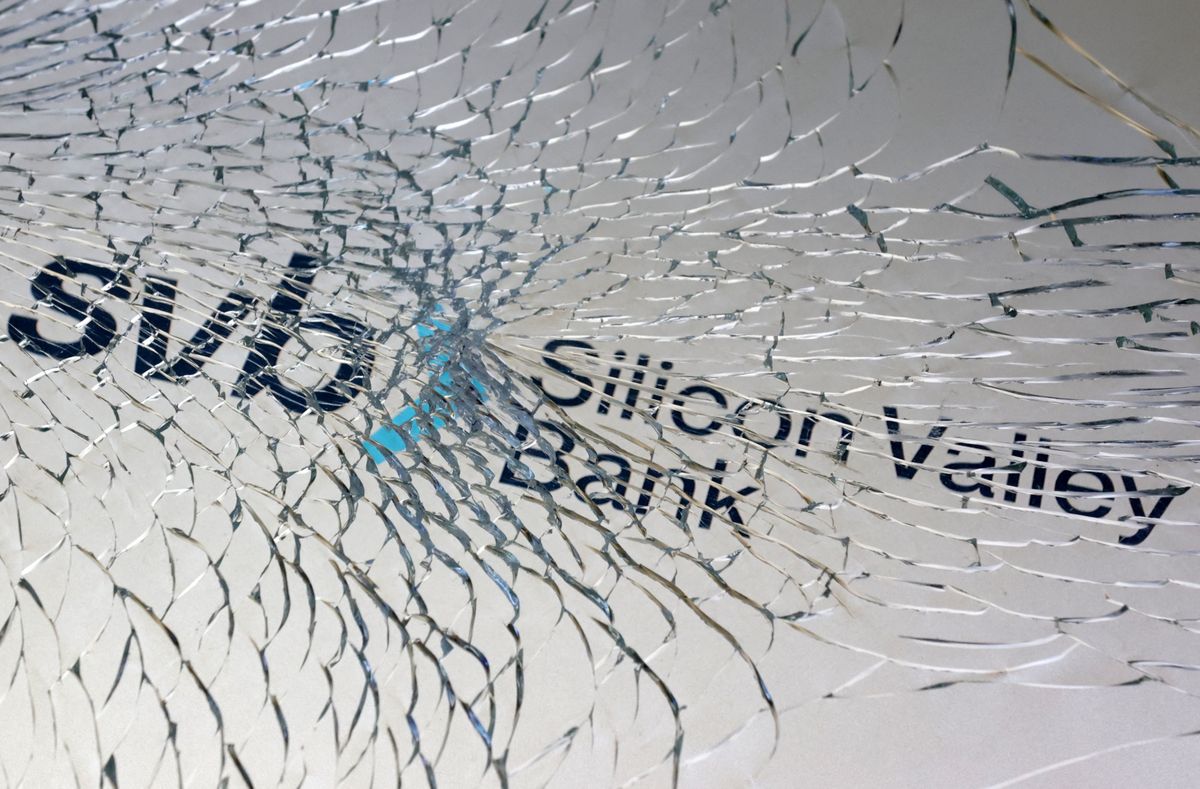The US government on Sunday night announced measures to stop the collapse of Silicon Valley Bank from leaving 97% of its depositors holding the bag — and to avert another financial crisis (without spending taxpayer money).
After failing to find a buyer for SVB, the Treasury Department, the Fed, and the FDIC told depositors with more than $250,000 parked in SVB accounts — the federally insured limit — that they'll have access to their cash on Monday morning. That’ll hopefully stop the panic that's been bubbling since Friday, when SVB — the financial institution of choice for VCs and tech startups — was closed down due to insolvency.
Separately, cash-strapped regional banks will be allowed to borrow money directly from the Fed instead of by selling bonds and other securities. That should, US authorities argue, help ward off a wave of bank runs that could threaten the entire banking system.
Meanwhile, the British government and the Bank of England arranged the sale of SVB's UK subsidiary to HSBC, Europe's biggest bank.
"[Treasury Secretary Janet] Yellen brings the bazooka to move quickly to stop the contagion of the bank run to other banks," says Rob Kahn, managing director for geo-economics at Eurasia Group. But it's still too soon to know whether this will be enough.
On the one hand, the decisive action by US regulators should calm down jittery investors who are scared that SVB might be only the first of many overexposed regional banks to fail. (Indeed, on Sunday the Fed also shut down New York-based Signature Bank, with $110 billion in assets.) On the other hand, the fact that no one wants to buy SVB could hide bigger problems that could be systemic in nature. In other words, we might be able to save depositors from one, but not all.
So, what might happen next? Large US banks are safe because, since 2008, they have been subjected to regular stress tests and capitalization requirements to ensure solvency. “This prevents a situation like SVB’s blow-up from infecting the entire system," says Celeste Tambaro, head of Eurasia Group's financial institutions practice.
But smaller, regional banks get more leeway, and this flexibility might come under the spotlight if volatility persists. What's more, right now all banks face increasing pressure to ensure profits in the face of high-interest rates, which makes borrowing more expensive and clients demand higher yields for their deposits.
"The backstop might be enough to quell the concerns of the tech community for now," says Tambaro. Until the authorities stepped in to stop the bleeding, many tech firms worried they wouldn’t be able to meet payrolls or pay suppliers. And that, in turn, could have sparked another round of layoffs in a sector that's shed tens of thousands of workers since mid-2022.
And then, of course, there's the politics of it all, with President Joe Biden in what pollster Nate Silver described on Twitter as a "no-win position." Biden knows that rescuing SVB, if it comes to that, would be as unpopular as the 2008 bailouts of big Wall Street banks and the US auto industry. But a severe financial crisis would similarly hurt him and dramatically imperil his reelection bid.
Progressive Democrats don't want Biden to help the tech bros that SVB bankrolled, and 2024 GOP presidential hopeful Ron DeSantis blamed the bank for — we kid you not — being woke.
Still, the big question is how US markets will respond. We’ll know by early Monday morning whether Wall Street follows the mixed signals from Asia and Europe.






